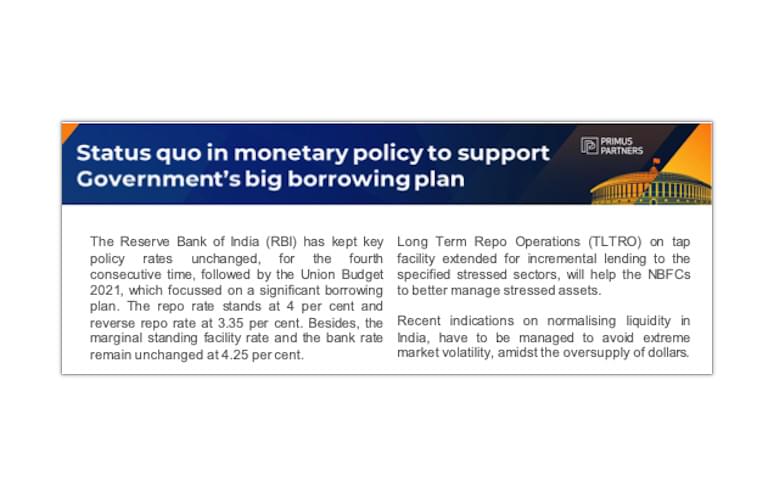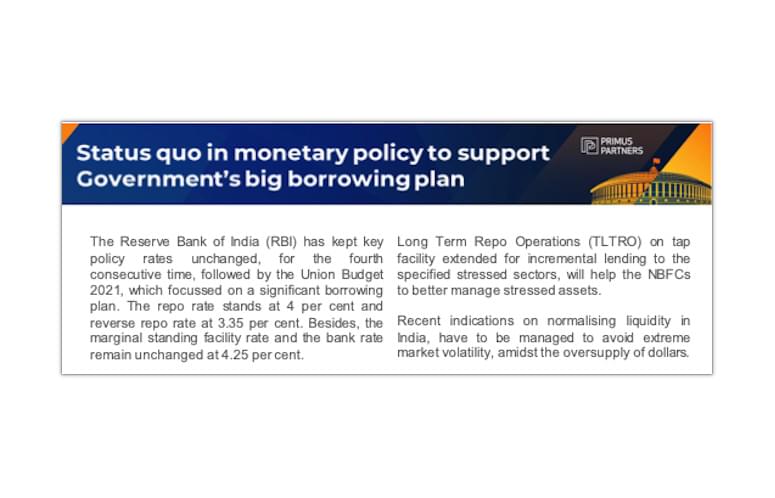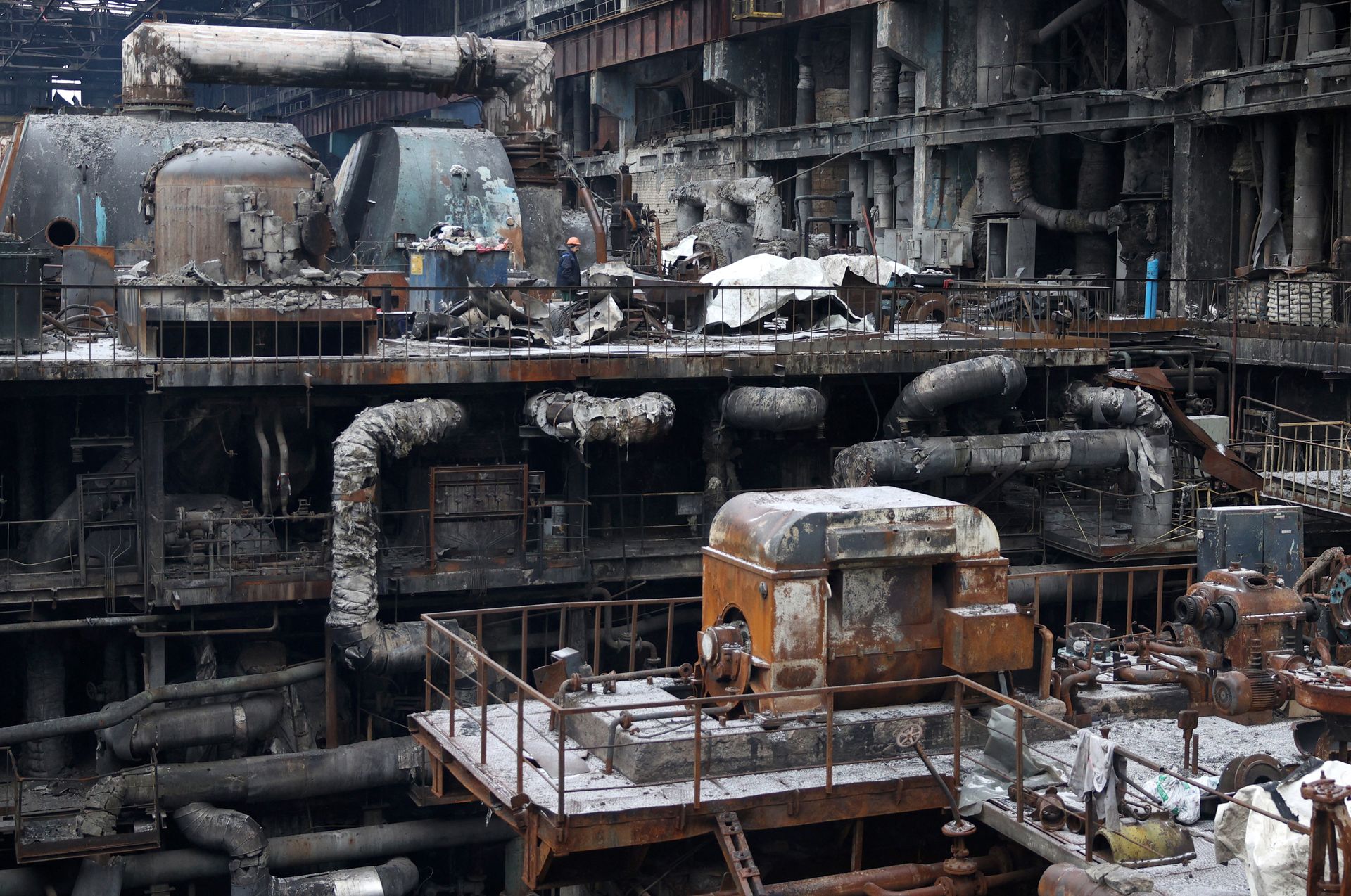India Reverses Key Policy, Exempting Most Coal-fired Power Plants From Emission Rules – Health Policy Watch

Report on India’s Revised Sulphur Dioxide Emission Policy and its Implications for Sustainable Development Goals
Executive Summary
On July 11, the Indian government enacted a significant policy revision, exempting approximately 78% of its coal-fired thermal power plants from the mandatory installation of Flue Gas Desulfurization (FGD) systems. This decision reverses a 2015 environmental mandate aimed at curbing sulphur dioxide (SO2) emissions. The policy change has profound negative implications for India’s progress towards several United Nations Sustainable Development Goals (SDGs), particularly SDG 3 (Good Health and Well-being), SDG 11 (Sustainable Cities and Communities), and SDG 13 (Climate Action). While the government cites economic trade-offs and new scientific assessments, expert analysis indicates the reversal undermines public health, environmental protection, and sustainable economic growth.
Impact on Sustainable Development Goals (SDGs)
SDG 3: Good Health and Well-being
The policy reversal directly contravenes the objectives of SDG 3, which aims to ensure healthy lives and promote well-being for all at all ages.
- Increased Health Risks: Sulphur dioxide is a major air pollutant linked to severe respiratory disorders. As the world’s largest emitter of SO2, India’s decision to permit continued emissions from most coal plants poses a direct threat to public health.
- Avoidable Premature Deaths: Research from institutions including Harvard and IIT Hyderabad estimates that the nationwide implementation of FGDs could prevent approximately 48,000 premature deaths annually. The exemption of these plants negates this potential public health gain.
- Economic Burden of Health: A 2018 study by CSTEP projected that the health and economic benefits of implementing FGDs would be worth INR 9,622 billion ($112 billion), with over 90% of this value derived from preventing premature deaths by 2030. The new policy forgoes these benefits, externalizing health costs onto the population.
SDG 11: Sustainable Cities and Communities
The decision severely hampers progress towards SDG 11, which includes targets for reducing the adverse per capita environmental impact of cities, including air quality.
- Deteriorating Urban Air Quality: Coal plant emissions are a significant contributor to PM2.5 pollution in India, which can account for 15% to 20% of the total. The policy reversal is expected to worsen air quality in numerous cities, making them less sustainable and livable.
- Specific Risk to Delhi-NCR: Of the 36 coal-fired power units located around the critically polluted Delhi-National Capital Region, 22 are now exempt from installing FGDs. This allows 60% of the coal capacity in this sensitive area to operate without SO2 controls, directly undermining efforts to combat severe air pollution.
SDG 7 (Affordable and Clean Energy) & SDG 13 (Climate Action)
The policy reflects a conflict between the “affordable” and “clean” components of SDG 7 and deviates from the principles of SDG 13.
- Prioritizing Fossil Fuels over Clean Technology: The government’s rationale points to the high cost of FGD installation (estimated at INR 2,540 billion). However, this prioritizes the short-term operational costs of non-clean energy over long-term environmental and health sustainability.
- Climate Coherence and Global Commitments: The government claims the new regulation is “climate coherent,” arguing that FGD technology marginally increases carbon emissions. However, this increase is minimal compared to the substantial rise in India’s overall coal consumption. The policy reversal contrasts sharply with actions in other major economies; since the early 2000s, China has reduced its SO2 emissions by 75% through stringent policies, while India’s have increased by 50%.
Policy Analysis and Rationale
Revised Plant Categorization
The new policy abandons the uniform standard of the 2015 mandate and introduces a three-tiered system for the 537 thermal power plant units previously required to install FGDs.
- Category A: 65 units (12%) are still required to install FGD systems.
- Category B: 66 units (12%) will be assessed on a case-by-case basis by officials.
- Category C: 406 units (76%) are now fully exempt from the requirement.
Government Rationale vs. Scientific Counter-Evidence
- Government’s Position: The environment ministry denies the policy is a rollback, stating it is based on scientific evidence suggesting low sulphur content in Indian coal, the effectiveness of tall smokestacks in dispersing pollutants, and a minimal contribution of sulphates to PM2.5 concentrations in select cities.
- Expert Counter-Analysis: Researchers and environmental groups argue the government’s data is selective, based on short-term studies in a limited number of cities, and excludes rural impacts. Other studies indicate that installing FGDs could reduce ambient PM2.5 levels by 8% nationally and by up to 28% near power plants, significantly contributing to meeting national air quality standards.
Conclusion: A Setback for Sustainable Development
The decision to exempt a majority of India’s coal-fired power plants from installing essential pollution control technology represents a significant regression in environmental policy. It prioritizes perceived short-term economic relief for the power sector over the long-term, evidence-based benefits to public health, urban sustainability, and economic prosperity. The reversal places India’s development trajectory in direct opposition to its commitments under the Sustainable Development Goals, particularly concerning the health and well-being of its citizens and the environmental integrity of its cities.
SDGs Addressed in the Article
- SDG 3: Good Health and Well-being
- SDG 7: Affordable and Clean Energy
- SDG 11: Sustainable Cities and Communities
- SDG 13: Climate Action
- SDG 16: Peace, Justice and Strong Institutions
Specific SDG Targets Identified
SDG 3: Good Health and Well-being
-
Target 3.9: By 2030, substantially reduce the number of deaths and illnesses from hazardous chemicals and air, water and soil pollution and contamination.
The article directly connects this target to the issue by highlighting that sulphur dioxide (SO2) is an “air pollutant linked to respiratory disorders and other health impacts.” It further quantifies the health risk by citing a study that estimates the installation of Flue Gas Desulfurization (FGD) systems could “potentially avoid 48,000 premature deaths.” The reversal of the policy, therefore, represents a setback for this target.
SDG 7: Affordable and Clean Energy
-
Target 7.a: By 2030, enhance international cooperation to facilitate access to clean energy research and technology, including renewable energy, energy efficiency and advanced and cleaner fossil-fuel technology, and promote investment in energy infrastructure and clean energy technology.
The article’s focus is on an “advanced and cleaner fossil-fuel technology” known as Flue Gas Desulfurization (FGD) systems, designed to make energy from coal-fired plants cleaner. The government’s decision to exempt most plants from installing this technology, citing costs (“over INR 2,540 billion”) and other factors, directly relates to the promotion and investment in such technologies.
SDG 11: Sustainable Cities and Communities
-
Target 11.6: By 2030, reduce the adverse per capita environmental impact of cities, including by paying special attention to air quality and municipal and other waste management.
This target is relevant as the article emphasizes the impact of power plant emissions on urban air quality. It notes that in 2014, “Delhi replaced Beijing as the world’s most polluted city.” The policy reversal is particularly significant for cities, as “22 of [the 36 coal-fired power units around Delhi] are now exempt from installing FGDs,” directly impacting the air quality and environmental health of urban populations.
SDG 13: Climate Action
-
Target 13.2: Integrate climate change measures into national policies, strategies and planning.
The article discusses how the original 2015 policy to cut emissions was launched “shortly after the landmark Paris Conference on climate.” The reversal of this policy and the government’s justification that the new regulation is “climate coherent” demonstrate the complex and often contested process of integrating climate and environmental measures into national policy.
SDG 16: Peace, Justice and Strong Institutions
-
Target 16.6: Develop effective, accountable and transparent institutions at all levels.
The core of the article is about a governmental policy change and the lack of consistent implementation. It describes how “the Indian government changed its own rules,” reversing a key environmental policy after years of “delays, postponement.” The environment ministry’s public defense of the decision against criticism from experts and think tanks highlights the challenges related to institutional effectiveness, accountability, and transparency in policy-making.
Indicators for Measuring Progress
Indicator for Target 3.9
-
Indicator 3.9.1: Mortality rate attributed to household and ambient air pollution.
The article provides a direct, quantifiable measure related to this indicator by citing a study estimating that full implementation of FGDs could “avoid 48,000 premature deaths.” This figure serves as a proxy for the mortality rate attributed to air pollution from coal-fired power plants.
Indicator for Target 11.6
-
Indicator 11.6.2: Annual mean levels of fine particulate matter (e.g. PM2.5 and PM10) in cities.
The article explicitly uses this indicator. It mentions that pollution from coal can contribute “between 15% to 20% of India’s PM2.5” and that installing FGDs could “reduce PM2.5 by 8%.” It also states India’s annual PM2.5 average as “50.6 micrograms/m3,” comparing it to the national standard of 40, thus providing a clear metric for air quality in cities.
Indicator for Target 7.a
-
Implied Indicator: Percentage of fossil-fuel power plants equipped with emission reduction technology.
The article provides clear data for this implied indicator. It states that the new policy means “about 78% of India’s 537 or so thermal power plant units do not have to install machinery to reduce SO2 emissions.” This percentage directly measures the adoption of cleaner fossil-fuel technology within the country’s energy sector.
Indicator for Target 13.2
-
Implied Indicator: National SO2 emission levels and trends.
Progress on integrating climate and environmental policies can be measured by emission trends. The article provides data for this, noting that “India’s [SO2] emissions grew by 50%” since the early 2000s, while “China has reduced its SO2 emissions by 75%” during the same period. This comparison serves as a powerful indicator of the effectiveness of national policies.
Summary Table of SDGs, Targets, and Indicators
| SDGs | Targets | Indicators |
|---|---|---|
| SDG 3: Good Health and Well-being | Target 3.9: Substantially reduce deaths and illnesses from hazardous chemicals and air pollution. | Mortality rate attributed to ambient air pollution: The article cites that installing FGDs could “avoid 48,000 premature deaths.” |
| SDG 7: Affordable and Clean Energy | Target 7.a: Promote investment in and access to cleaner fossil-fuel technology. | Percentage of power plants with emission reduction technology: The article states that “about 78%” of India’s thermal power plant units are now exempt from installing FGD systems. |
| SDG 11: Sustainable Cities and Communities | Target 11.6: Reduce the adverse per capita environmental impact of cities, focusing on air quality. | Annual mean levels of fine particulate matter (PM2.5): The article mentions India’s annual PM2.5 average is “50.6 micrograms/m3” and that coal contributes “15% to 20%” of India’s PM2.5. |
| SDG 13: Climate Action | Target 13.2: Integrate climate change measures into national policies. | National SO2 emission trends: The article notes that “India’s emissions grew by 50%” since the early 2000s, indicating a lack of effective policy implementation. |
| SDG 16: Peace, Justice and Strong Institutions | Target 16.6: Develop effective, accountable and transparent institutions. | Policy implementation status: The article describes a decade of “delays, postponements and finally the reversal” of the 2015 environmental policy. |
Source: healthpolicy-watch.news

What is Your Reaction?
 Like
0
Like
0
 Dislike
0
Dislike
0
 Love
0
Love
0
 Funny
0
Funny
0
 Angry
0
Angry
0
 Sad
0
Sad
0
 Wow
0
Wow
0












































































